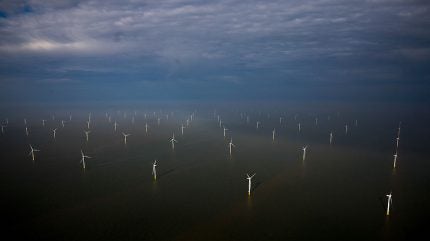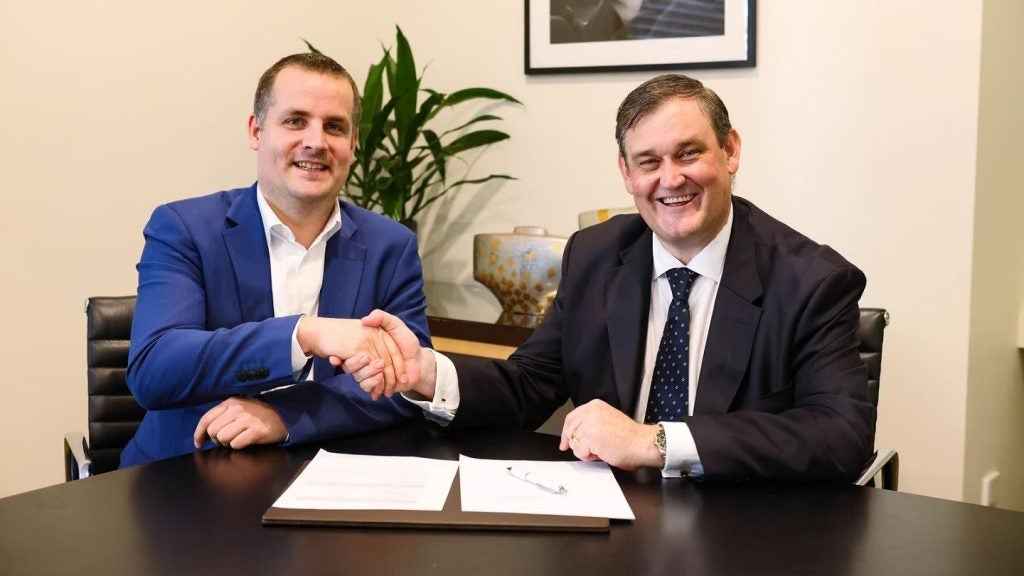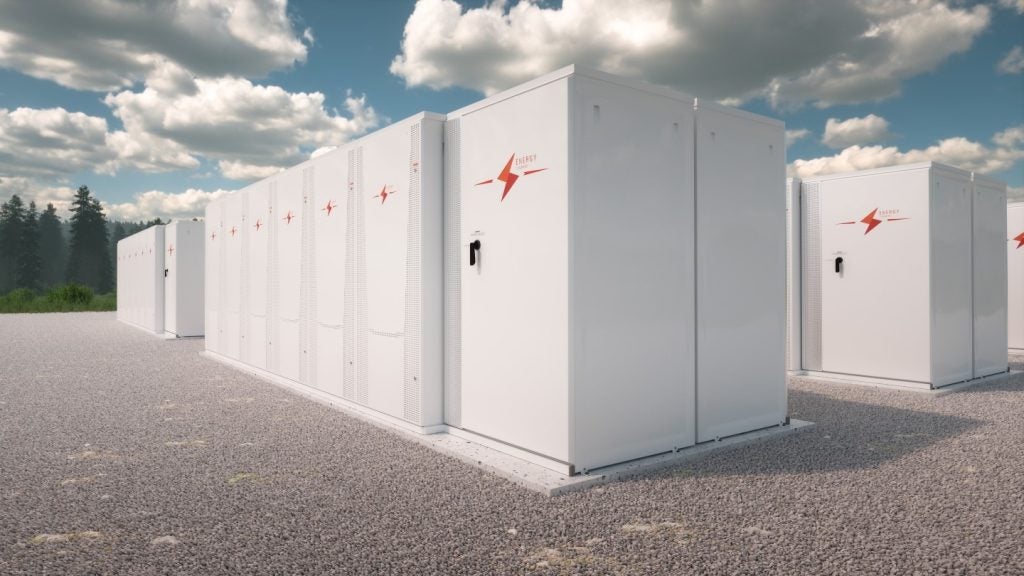
While nations worldwide have recently pushed to expand their offshore wind portfolio as they race to net zero, the industry has faced a substantial challenge resulting in projects being delayed for years, sometimes more than a decade, if not abandoned altogether. The permitting bottleneck – especially detrimental to offshore wind ventures – has complicated the landscape for developers and disincentivised investors, decelerating the momentum of the energy transition.
In recent years, offshore wind permitting reforms have been implemented across the globe to overcome this barrier. The EU’s 2023 revision of the Renewable Energy Directive has been pivotal, with the establishment of “renewables acceleration areas” facilitating faster permitting and the principle of “overriding public interest” allowing renewables initiatives to receive priority status in legal hurdles that often impede project construction.
Similarly, the US has taken steps to expedite permitting through the Infrastructure Investment and Jobs Act of 2021, offering financial support for transmission ventures for offshore wind. Earlier this year, Senator for Rhode Island Sheldon Whitehouse released a draft of a new bill to further improve permitting. In the UK, the Offshore Wind Environmental Improvement Package (part of the landmark October 2023 Energy Act) aims to reduce the time it takes for offshore wind projects to receive permitting, from four years to just one, while introducing “strategic compensatory measures” for negative environmental effects that may deter permitting.
Likewise, most of the discourse and solutions addressing the permitting bottleneck involve government intervention. From administrative reforms, including streamlining the process by creating a one-stop shop and digitalising it to offset understaffing issues, to systematic assistance, providing better guidance as well as financial support for developers, the government has had to lend a hand.
Although these interventions have led to some improvements, challenges persist, with developers left guessing as to the full impact of these reforms, as well as what further government action – which could in turn impact public perception of offshore wind – could look like. To navigate these uncertainties, it is critical that developers proactively manage their own risks.
The utilitarian approach: reducing “perceived clashes of interest” with local communities
One alternative measure developers can take to expedite the permitting process is proactively engaging local communities.
How well do you really know your competitors?
Access the most comprehensive Company Profiles on the market, powered by GlobalData. Save hours of research. Gain competitive edge.

Thank you!
Your download email will arrive shortly
Not ready to buy yet? Download a free sample
We are confident about the unique quality of our Company Profiles. However, we want you to make the most beneficial decision for your business, so we offer a free sample that you can download by submitting the below form
By GlobalDataLegislative moves to expedite offshore wind permitting have done little to address resistance from local communities, which remains one of the key issues plaguing projects. In fact, public opposition to projects on the basis of environmental concerns remains the most common point of conflict in the permitting process. Reforms to expedite the process have, if anything, added fuel to the fire, as critics warn that faster permitting can lead to reckless approvals that result in irreparable damage to the environment and affected community.
According to Guy Willems, adviser of environment and community engagement at WindEurope, local opposition to wind projects on environmental grounds is often misguided, and he refers to the conflict between developers and local communities and as “perceived clashes of interest”.
“We need to establish that the expansion of wind energy goes hand in hand with nature protection,” he tells Power Technology, explaining: “We need to build those wind farms to lower our greenhouse gas emissions, to also protect nature. There is a balance that communities need to take into consideration.” While acknowledging the concerns voiced by environmental advocates, he emphasises the importance of conveying to local communities that minimal, temporary setbacks – noise pollution throughout construction or controlled damage to certain species of animals, for instance – will yield long-term, sustainable benefits for the broader community, nation and world.
World Energy Council future energy leader Jim Rijks echoes Willems’ utilitarian approach, suggesting that “there just has to be a level of acceptance [from local communities] that things in the world change”. He caveats this, however, adding that the most effective way to minimise conflict is treating the public as “stakeholders” rather than inconveniences, who should “not be marginalised in the conversation”.
Local communities should not be expected to simply comply with the programme, irrespective of their preferences. To mitigate clashes between developers and local communities, preventative measures of increased communication, engagement and transparency are essential. Willems recommends that developers “go to a community as early as they can”, providing them with transparent and comprehensive information to not only dispel rumours and foster trust but also “decrease general bias” for the entire industry.
He highlights the long-standing benefits of developers adhering to clear rules of community engagement, noting that a positive experience with one project can enhance acceptance of future endeavours within the community.
“Once a developer has messed up,” not treating the community “the way they want to be treated, or get involved enough with them”, the community will reject any proposals for new wind projects “simply because they have had a bad experience before”, says Willems, meaning developers are responsible “for acting on behalf of the whole industry”.
He adds that “developers are much more aware of that now than they were 20 years ago”, although it is vital that this awareness is “widespread in every single market and that is not unfortunately the case yet”.
Rijks argues that there should be a system in which developers are incentivised to meet minimum engagement requirements, including “a level of funding that supports those activities”. These requirements could include “a minimum on local content”, such as increased job opportunities for the community, as well as educational initiatives to inform the public about the project and to raise awareness of offshore wind.
He cites the Rampion Offshore Wind Farm off the Sussex coast in the UK as a good example of early and active community engagement lessening future conflict. “People could take trips to the site, get educated about it,” he says. “There is a visitor centre that is being run by the local community, and the funds are being invested back into the local community. Like this, they [the local community] should be seen as kind of the owners of that project.”
As Willems and Rijks elaborate, it is crucial to mitigate the risks of inadequate community engagement associated with expedited permitting processes. By prioritising transparency, early engagement and equitable participation, developers can minimise conflicts and promote greater acceptance of renewable energy projects within local communities and beyond. Balancing the imperative for swift action with the need for thorough engagement remains a challenge, but one that must be addressed to realise the full potential of offshore wind.
Protecting developers
Developers are on the front line of the repercussions of permitting delays, bearing the entire burden of financial challenges and litigation risks. They incur financial losses with every second spent on permitting, grappling with debt on long-term contracts as interest rates surge and potential legal disputes further compounding costs. The ripple effect extends to investors who may shy away from projects mired in regulatory limbo. As developers await the full impact of permitting reforms, they face a pressing question: how can they navigate the permitting minefield while safeguarding their projects?
Insurance coverage acts as a protective mechanism for developers, offering them a lifeline in the tumultuous permitting process by providing financial security in the event of project delays or legal challenges, reassuring banks and investors that funding will remain accessible. Insurers conduct thorough assessments of projects, including legal audits and data analysis, to evaluate risks and offer tailored coverage.
In addition to offering financial protection in the event of setbacks, insurance can legitimise the project in the eyes of financial institutions. “To the banks and the funders we say: ‘We understand that you would not normally finance during litigation, but we will show that you will be protected – but more importantly, that the project has been underwritten on the basis of due diligence’,” says Jean-Claude Domaingue, underwriting director at MX Underwriting, an insurance agency providing solutions for renewables developers. He tells Power Technology that this process demonstrates a project’s ability to “unlock finance and provide protection in contract”. “Banks will always audit the project itself when they come to lend money, but it helps to have another audit effectively by a third party, by an insurer who says, ‘we are happy to underwrite the risk’,” he adds.
However, Domaingue notes that, currently, developers only turn to insurers when faced with litigation, rather than proactively seeking coverage, viewing insurance as a reluctant necessity rather than a strategic investment. “There is also a personal, emotional component. Some developers feel like litigation is either unexpected or undeserved,” he says.
“But regardless of whether the litigation has any validity at all, it can happen and take years to conclude,” he clarifies, underscoring insurance’s additional advantage of facilitating early engagement with suppliers and contractors, which can expedite project timelines and ensure smoother progression through the permitting phase. “The combination of contractual protection and a third-party view has helped funders agree to finance sooner. They can get in the queue for the turbines, line up contractors, which is important because there is a shortage of all those operators and contractors. The quicker you can go out to that market and start engaging, the quicker you will get started.”
Domaingue recounts a case in which a project with a court hearing expected in two years was able to start engaging with contractors and obtaining turbines two years prior thanks to the insurance. “You might feel aggrieved later that you bought insurance because ultimately you won [in court], but what you couldn’t do is make up for that two-year wait,” he says, emphasising the significance of insurance in solidifying project timelines.
“Everything is interconnected,” he summarises. “Insurance protects the bank if there is a problem – but really what it is doing is unlocking the whole process and allowing these important conversations to start much sooner. No turbine supplier will talk to a developer unless they have got a bank who is prepared to lend the money to buy the turbine.”
Yet, insurance is not a panacea for all permitting-related challenges, nor is it always easily applicable. The complexities of assessing subjective, or uncertain, factors like environmental and visual impacts pose ongoing concerns for developers and hesitance for insurers. While insurance can reduce risks, it does not address the root causes of permitting delays.
The offshore wind permitting process has often been fraught with challenges, with project delays having dire consequences for developers, investors and clean energy initiatives en masse. While legislative support remains the backbone of substantial change, developers must also proactively take preventative measures, empowering themselves to navigate the challenging landscape.
They should take charge in educating the public to see the greater good in offshore wind projects by fostering dialogue and understanding with communities, transforming potential adversaries into allies in the battle against climate change. This requires transparent communication, early involvement and shared benefits with affected communities. Meanwhile, insurance provides developers with a safety net amidst the turbulent seas of permitting delays and litigation risks, providing financial security and expediting the process. Although not a cure-all, insurance can act as a catalyst for project progression, enabling projects to move forward – even in the face of adversity.







